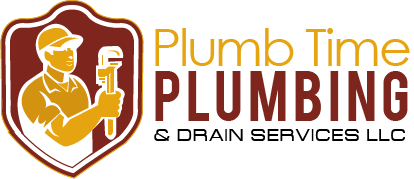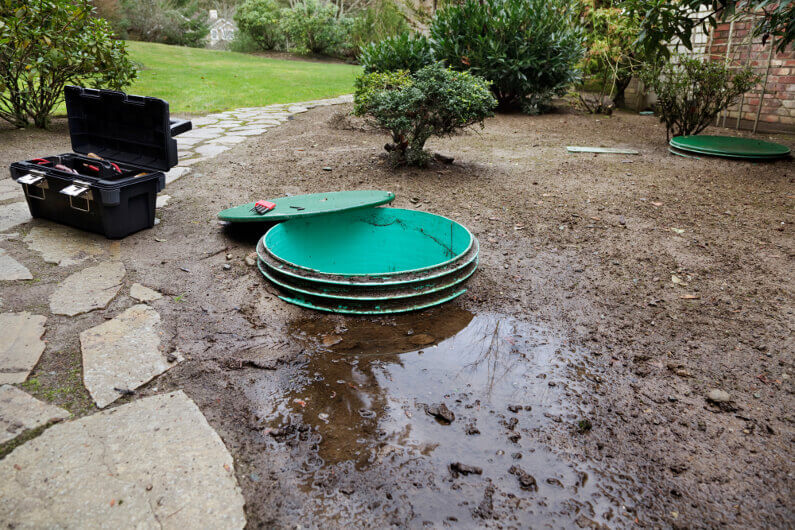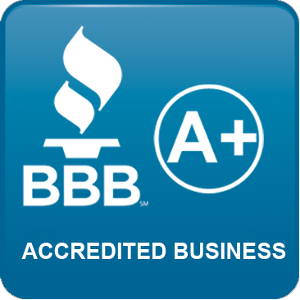A staggering 230 million people in the US rely on municipal sewer lines. These are the drain lines that collect and direct wastewater into treatment facilities.
Before wastewater gets to these sewer lines though, it goes through a home’s main sewer line first. So, if there’s a clog in this line, wastewater won’t reach the public sewer facility. Instead, the clog in your main sewer pipe can cause the sewage to back up into your home.
Fortunately, you may be able to carry out the steps on how to clear a main sewer line clog on your own. This will depend on several things though, such as a clean-out fitting. We’ll discuss this in more detail below, so be sure to read on!
A Sneak Peek Into Your Home’s Plumbing Network
All plumbing fixtures in your home, such as sinks and toilets, connect to a drain line and a P-trap. A P-trap is a pipe that, well, looks like the letter “P”, and it contains some amount of standing water. This water acts as a seal to prevent sewer gases from rising and permeating your home.
The P-traps then link up with a branch drain line. Branch drain lines are usually inside walls, under floors, or behind ceiling panels.
Each branch drain line then goes into a soil stack. A soil stack is another type of plumbing pipe buried under the soil outside the home. They are often under the house itself or below the garden or lawn.
Soil stacks then link to what you now call the main sewer line. The main sewer line is where all your home’s branch drain lines meet. This is the main drainage line where all your plumbing waste — from solids to liquids — come together.
The main sewer line then brings all these wastes to either the septic tank or the municipal sewer line. As mentioned above, most US homes rely on municipal sewer lines. However, about 60 million households have their septic tanks or private sewage systems.
Either way, homeowners are responsible for all plumbing connections outside the municipal line. Meaning, your area of responsibility is up to the point of the main sewer line. Looking after a private septic tank or sewage unit is also part of your duties.
What Happens When a Main Sewer Line Clog Develops?
Since it’s the meeting point of all drain lines, a clogged main sewer line will affect all other drains in your home. Meaning, you’re likely to experience multiple clogs in many of your drains and toilets. You may also end up with flushed toilet water backing up and out of your tub, shower, or floor drains.
Clogged Main or Branch Drain?
If you’re only dealing with one clogged sink drain, you should try using a plunger or a snake first. You can do the same if it’s the first time you run into a slowly-flushing toilet. These isolated incidents are often a sign of a single drain line clog.
Simultaneous clogs, however, often indicate the need for a main sewer line clean-out. This is especially true if you’ve never had professionals clean your drains ever. All those years of plumbing use may already have built a big enough clog in your main sewer line.
It’s also possible that tree roots have wrapped around the main sewer pipes. In this case, the clog may be due to the roots either choking or penetrating the pipes themselves. The best way to confirm this is through the use of industry-grade sewer cameras.
Steps On How to Clear a Main Sewer Line Clog
11% of South Carolina’s population has moved into and lived in the same house before the 1990s. That means that almost 212,000 of the occupied homes in SC have been around for at least over two decades.
If you live in one of these old homes and never had it renovated, it most likely doesn’t have a clean-out fitting. Whether you can clean the main sewer line on your own depends on whether you have this fitting or not.
1. Locate the Clean-Out Fitting
That said, the first step is to locate the clean-out fitting of your home’s plumbing system first.
A clean-out fitting is a pipe with a width of either 3, 4, or 6 inches. A part of it should be visible above the ground, usually on the lowest floor of a home, or outside, on level ground. The visible section of the fitting is a plug that you should be able to unscrew with a wrench.
2. Slowly Loosen the Cover
If you do find this fitting, use a pipe wrench to loosen its cover first. Don’t pop it completely open, as doing so may lead to any waste buildup exploding out of the opening. Step away from the pipe as soon as you’ve loosened its cap.
3. Let the Buildup Spill Out
Distance yourself from the fitting but make sure you can still reach the cover to open it completely. Secure your footing before removing the cap. All the waste that the main sewer line clog has caused should spill out of the fitting’s opening.
Give the buildup all the time it needs to flow out until nothing spills out of the drain.
4. Get Your Plumbing Snake In
Feed the plumbing snake or auger into the opening of the clean-out fitting. Be sure to follow the tool’s instructions so that you can remove as much of the clog as possible. You may have to do this several times so long as you keep hitting dirt inside the pipe.
5. Hose Down the Snake and the Fitting
Before you wind back the auger, hose it down with water first while it’s still inside the drain. This will help disintegrate any leftover debris or smaller clogs. At the same time, it’ll remove any waste that clings to your plumbing snake.
After this, remove the snake from the pipe and place the cover back onto the fitting. From here, test your drains and toilets to see if they’re now working right again.
Still Not Working or Can’t Find Your Clean-Out Fitting?
As you can see, the steps on how to clear a main sewer line clog revolve around the clean-out fitting. If you can locate this, great — just follow the steps listed above. However, if you can’t find it, or your drains are still slow after cleaning it, then you may have bigger drain issues.
In this case, we here at Plumb Time will be more than happy to inspect and clean your drains. Please get in touch with us now so we can clear out all those clogs from your South Carolina home!











How long does it take for a sewer line to clog or back up? Is it years? Months?
It depends on if you use a lot of wipes and the condition of your pipe Also it depends on the last time you had your septic tank/ cesspool serviced bc if that got full it would definitely back up into your house. You should get your septic/cesspools serviced every 2 years